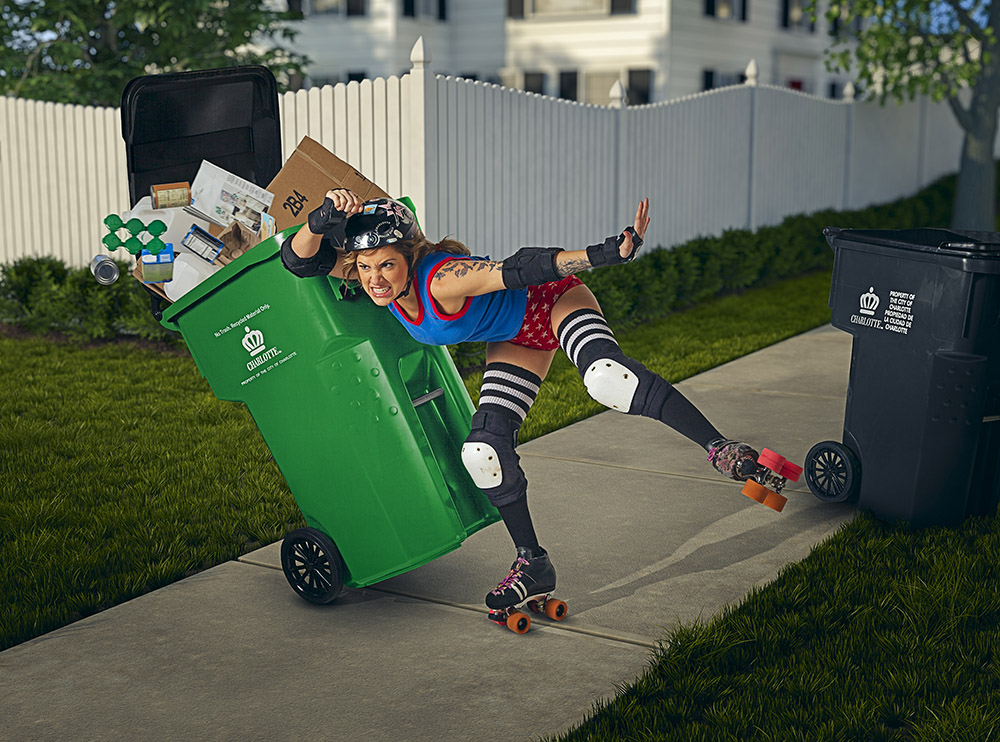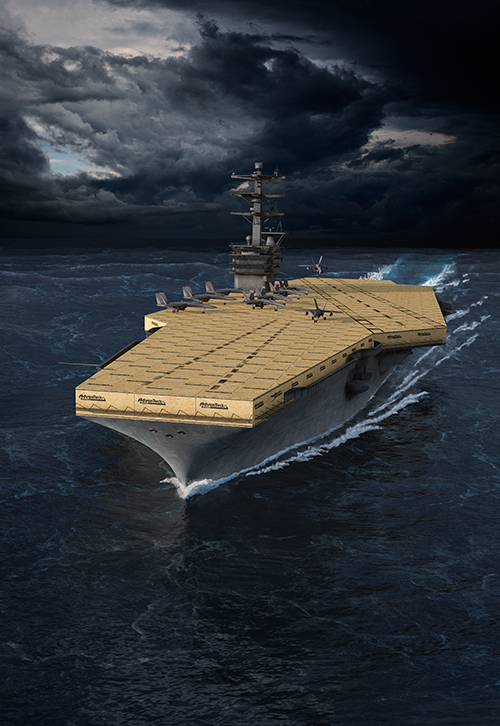Remember in the early days of the 1990s when people questioned the validity of Photoshop and the practice of retouching in general? Many thought there were ethical issues with manipulating photographs, technical hurdles to overcome, and an inertia existed that kept us thinking we'd continue doing things the way they've always been done. Of course, many of the ethical issues of retouching still remain, but we're long past the days of trying to capture everything in one click of the camera. It's probably just me, but the absurdity of trying to create the best art without using the best tools for execution is silly. Sure, the process is important for the artist, but when creating imagery for the commercial world we must surrender to notion that the final quality of the photo is of paramount importance.
The idea that one could avoid retouching and simply capture everything in one click reminds of me of Salvador Dali's portrait by Phillipe Halsman, shown here before the strings were removed from the floating objects:

And those technical issues? Well, the computer geniuses at Adobe and across the greater-computing world have grown our ability to tweak pixels by leaps and bounds. The abilities of Photoshop and retouching to expand our imaginations, create new worlds, and accomplish feats of image-making that are more grand and far less expensive than ever before is here, and has been here for a couple of decades now. Old news right?
Well, now there is a new kid in town - CGI and 3D technologies. CGI = Computer-Generated Imagery. Luckily, the likes of Pixar, Toy Story and other heart-warming animations blazed a path of acceptance towards the use of these technologies in everyday use. That car commercial you saw on TV last night? Probably was created via CGI. That movie you watched? Yeah, CGI too. In fact, CGI is being used in simple ways to drastically change a scene that you're probably not even considering. Take this behind-the-scenes footage of The Wolf of Wall Street to see how CGI imagery was used to enhance the landscape, change a doorway, or improve a beach scene:
http://vimeo.com/83523133
Here's the good news: the technology that is literally being invented for Hollywood movie productions is trickling down to other boutique creative firms (like Sean Busher Imagery!). We can now implement the same character animation or landscape generation into our work with relative ease (now that we've overcome the monumental learning curve it takes to become proficient). For instance, hair rendering has always been a bit of an issue with CGI. That's because hair is very detailed, reflects light and moves in very particular ways that our brains are very accustomed to recognizing. Recreating that through computer software has proven difficult, but as usual, a pressing need is all it takes to push our limits just a bit further. Disney's Tangled, a movie about the story of Rapunzel, was one of those pressing needs which pushed the technology behind hair animation even further (see WSJ article here).
In the past, when capturing the final image in one click was necessary, it took gobs of money for advertising imagery to be created properly. Take, for instance, this Chevy commercial from the 1960s:
http://www.youtube.com/watch?v=wvKvP4r4i2o
They literally gutted that car and used a military-style helicopter to fly the car and model to the top of that monument. It took a lot of planning, permitting, people, a helicopter, etc, etc - that video didn't come easy. (I learned about this commercial before ever seeing it during a very cool Native American camping experience with my wife in Monument Valley in southern Utah. It was on that evening while going to sleep that I saw more stars, by far, than I have ever seen at any other time in my life!) Today, there are lots of different ways that commercial could be made, both completely digitally or a mixture of photo/video and CGI. And that's really the beautiful part - there are so many tools at our exposure now that photography and video can utilize, that it really comes down to budget, timing, and the best execution for the creative vision. Today, that car and the entire landscape would have been CGI. The girl would be spliced in during post-production and the entire project, though still potentially complicated, would be far simpler and more affordable.
The point? Our team saw the writing on the wall early, we knew that CGI would be of growing importance and expectation in executing commercial photography and video and so we adopted early. We want our clients (and potential clients) to know that anything they can imagine in their heads we can likely make come alive. In fact, after working with us once, we have art directors that suddenly feel free to use their imagination with limits because they know our team will deliver.
-Sean







































